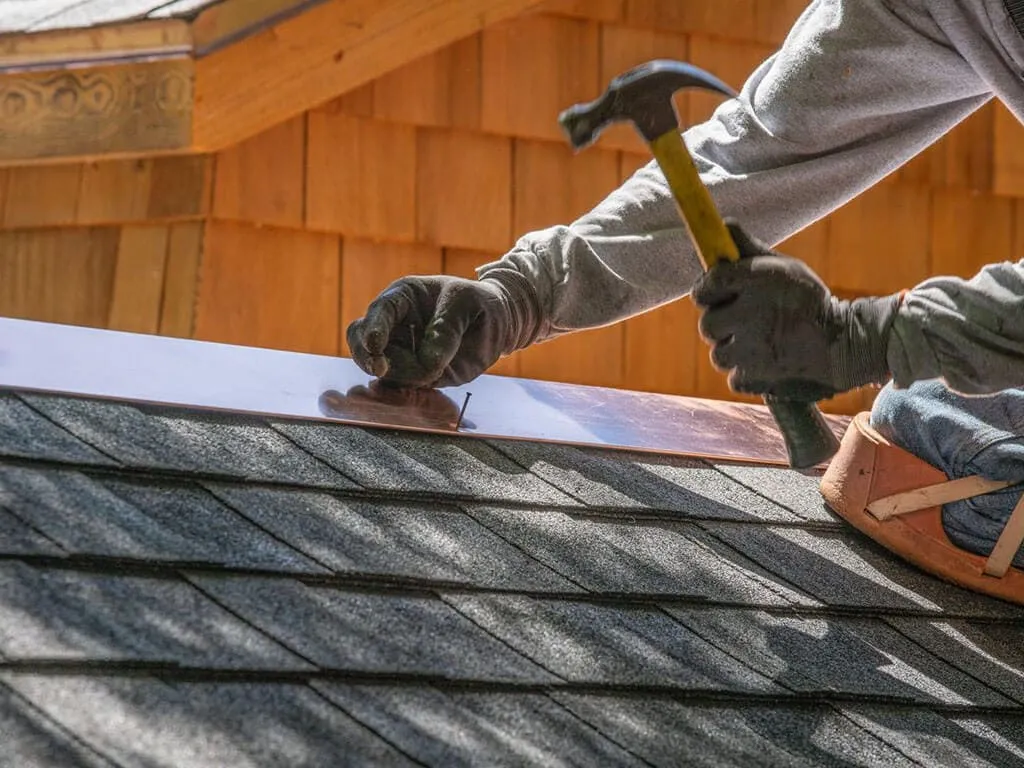In a world where architectural paradigms constantly evolve, the flat roof stands as a timeless design staple that effortlessly combines modern aesthetics with functionality. Mastering the art of flat roofing goes beyond simply laying down a waterproof membrane – it requires a keen understanding of materials, techniques, and maintenance practices. In this article, we delve into the intricate world of flat roofing, exploring the nuances and challenges that come with this iconic architectural feature. So, grab your tools and prepare to embark on a journey to become a true master of the art of flat roofing.
Key Considerations for Installing a Flat Roof
When installing a flat roof, there are several key considerations that must be taken into account to ensure the success and longevity of the structure. One important factor to consider is the type of material that will be used for the roofing membrane. Options such as EPDM, TPO, PVC, and built-up roofing each have their own advantages and drawbacks, so it’s crucial to choose the material that best fits the specific needs of the building.
Another important consideration is the slope of the roof. While flat roofs are not truly flat, they do have a very low slope. It’s essential to ensure that the roof is properly sloped to allow for proper water drainage and prevent pooling. Additionally, proper insulation and ventilation are key components in ensuring the durability and energy efficiency of a flat roof.

Choosing the Right Materials for Longevity and Performance
When it comes to mastering the art of flat roofing, choosing the right materials is essential for ensuring longevity and performance. One key factor to consider is the type of membrane used on the roof. EPDM (Ethylene Propylene Diene Terpolymer) and TPO (Thermoplastic Polyolefin) are popular choices for flat roofs due to their durability and weather resistance.
Another important material to consider is the insulation used beneath the roofing membrane. Proper insulation can improve energy efficiency and prevent heat loss. ISO panels (rigid foam insulation boards) and perlite boards are commonly used for flat roof insulation due to their lightweight and fire-resistant properties. By selecting the right materials for your flat roof, you can ensure that your roof will not only stand the test of time but also perform at its best.

Ensuring Proper Drainage for Flat Roof Success
When it comes to flat roofing, one of the key factors for success is ensuring proper drainage. Without effective drainage systems in place, flat roofs can be at risk of pooling water, leaks, and structural damage. To master the art of flat roofing, it is essential to focus on implementing strategies that promote efficient water flow.
One way to achieve proper drainage for flat roof success is by installing a high-quality gutter system. Gutters help to collect rainwater and direct it away from the roof, preventing water from accumulating and causing damage. Additionally, incorporating tapered insulation can also help to promote drainage by creating slight slopes that encourage water to flow toward the gutters. By prioritizing proper drainage techniques, flat roof owners can ensure the longevity and effectiveness of their roofing system.

Expert Tips for Preventing Common Flat Roofing Issues
Whether you have a commercial building or a residential property with a flat roof, it’s important to master the art of flat roofing to prevent common issues that may arise. By following these expert tips, you can ensure the longevity and durability of your flat roof.
First and foremost, regular maintenance is key to preventing common flat roofing problems. This includes inspecting the roof for any signs of damage or deterioration, such as cracks, blisters, or pooling water. It’s also important to keep the roof clean of debris, such as leaves and branches, which can clog drainage systems and cause leaks. Additionally, make sure to trim any nearby trees to prevent branches from rubbing against the roof and causing damage. By staying proactive with maintenance, you can avoid costly repairs down the road.
The Conclusion
In conclusion, mastering the art of flat roofing requires knowledge, skill, and attention to detail. By following the tips and techniques outlined in this article, you can become a proficient flat roofer and tackle even the most challenging projects with confidence. Remember, practice makes perfect, so don’t be afraid to get your hands dirty and learn from your mistakes. With dedication and perseverance, you can achieve excellence in the craft of flat roofing. So go forth and build those sturdy, reliable flat roofs that will stand the test of time. Happy roofing!














